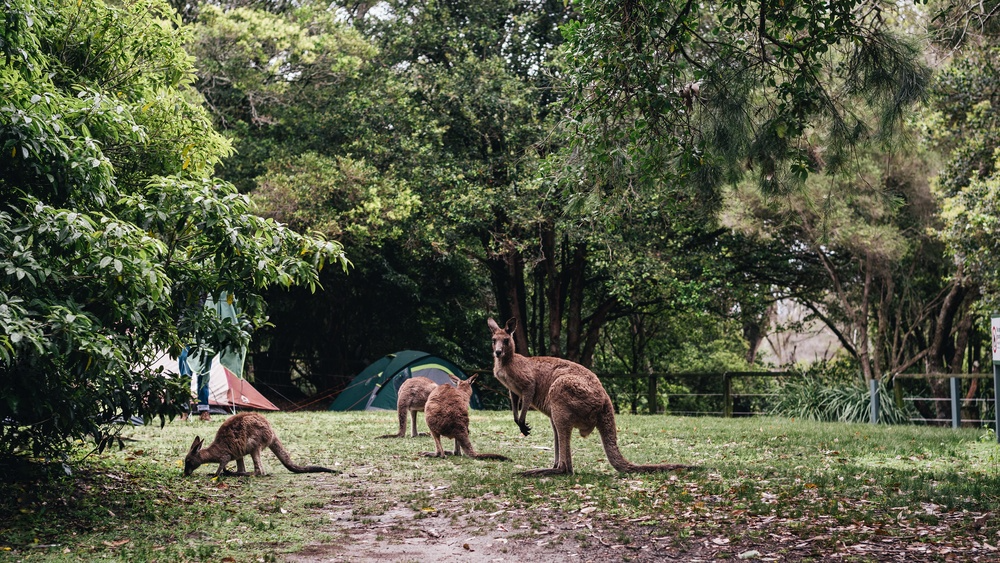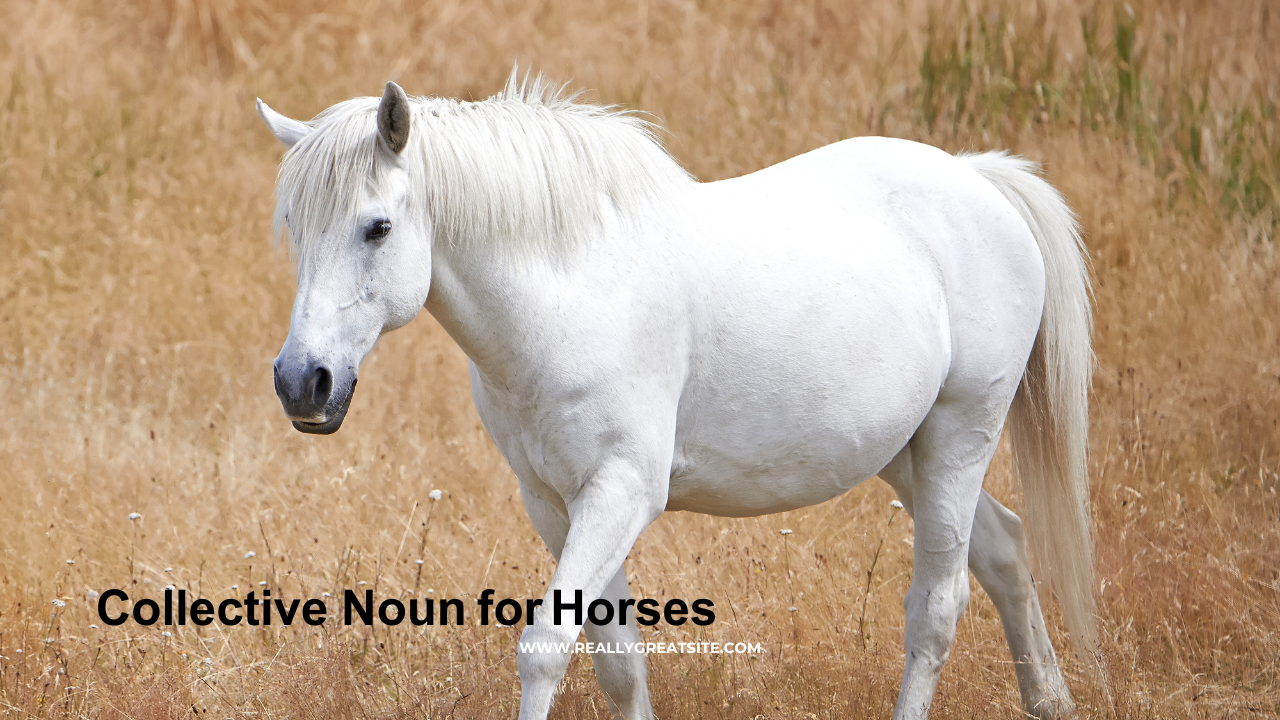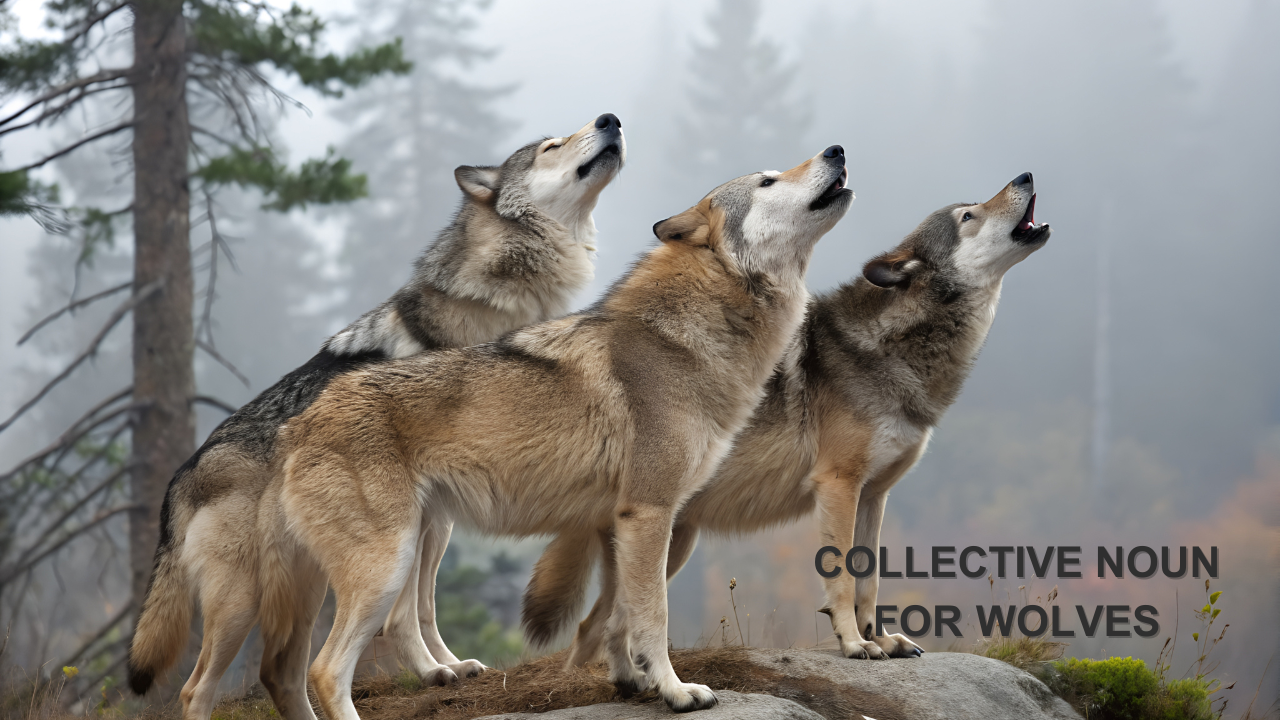When people search “What is the collective noun for kangaroos?” the answer is clear: it’s most commonly a mob. In English, some also use a troop of kangaroos, and more rarely, the poetic term a court of kangaroos (sometimes searched as kangaroo collective noun court).
But why these words? And what do they reveal about the history of language and our cultural relationship with animals?
In this article, you’ll discover why we say mob of kangaroos, learn the origins of these terms, and explore related expressions like the collective noun for koalas, collective noun for platypus, collective noun for crocodiles, collective noun for dolphins, and even collective noun for elk. We’ll also look at how collective nouns have evolved and what they tell us about storytelling in English.
The Animal: Kangaroos and Their Social World
Kangaroos, iconic to Australia, are marsupials recognized by their muscular tails, powerful hind legs, and bounding locomotion. While many images show them alone, kangaroos often gather for safety and feeding. These groups usually range from a few individuals to as many as fifty, especially near water or food sources.
The Collective Nouns for Kangaroos
Here’s a summary of the accepted terms:
| Collective Noun | Where and why it’s used | Notes |
|---|---|---|
| Mob | Common in Australia and internationally | Reflects loose, informal grouping |
| Troop | Less common; appears in ecological writing | Implies coordination |
| Court | Rare; poetic, found in descriptive literature | Evokes grace or dignity |
The collective noun for kangaroos in English is primarily mob, rooted deeply in Australian English. Troop and court are recognized but less widely used.
Historical Origins and Linguistic Background
The best‑known medieval source for collective nouns, the Book of St. Albans (1486), documented phrases like a pride of lions and a murder of crows. However, it never listed kangaroos — which were unknown to Europeans at the time.
The term mob itself comes from 17th‑century British slang (from “mobile vulgus,” meaning disorderly crowd). Early European settlers in Australia borrowed mob to describe loosely gathered kangaroo groups, and it soon became standard in local English.
Troop likely came from existing animal group terms like troop of monkeys, while court is a creative, figurative term occasionally found in nature writing or poetry.
Facts and Figures About Kangaroo Groups
- Typical group (mob) size: usually between 10–50 kangaroos
- Social structure: often led by a dominant male, known as a boomer
- Purpose: safety from predators, easier mating opportunities, and coordinated grazing
- Communication: thumping feet, coughing sounds, and body posture
Usage Examples in Context
To see how these collective nouns appear naturally:
- “We watched as a mob of kangaroos grazed quietly by the creek.”
- “A troop of kangaroos crossed the dry riverbed at dusk.”
- “High on the ridge, a court of kangaroos stood watching the valley below.”
Each term shapes a slightly different image — mob suggests informality and common usage, troop implies coordination, and court adds a sense of stately presence.
Related and Rare Collective Nouns
Beyond kangaroos, English is rich in other fascinating group names:
- Collective noun for koalas: a cling or a colony
- Collective noun for platypus: a paddle or sometimes a puddle
- Collective noun for crocodiles: a bask when sunning; a float when in water
- Collective noun for dolphins: usually a pod
- Collective noun for elk: most often a gang or a herd
Many of these terms emerged from hunting slang, medieval lists, or were popularized by writers who enjoyed playful language.
Fun Trivia and Cultural References
- A mob is used not only for kangaroos but also for other Australian animals like emus.
- The Book of St. Albans was partly a hunting manual and partly a display of creative, sometimes humorous language.
- Some collective nouns, like a murder of crows, were originally jokes or wordplay and only became standard through repetition.
- In Australia, mob can also mean family or social group among Aboriginal communities — showing how language evolves in layered ways.
FAQs
Q: What is the most common collective noun for kangaroos?
A: Mob — it’s the standard term, especially in Australian English.
Q: Are “troop” or “court” officially recognized?
A: They’re attested in dictionaries and literature, but used far less often than mob.
Q: Where did “mob” come from?
A: From 17th‑century British slang meaning an unruly crowd; settlers applied it to kangaroos.
Q: Are there collective nouns for other Australian animals?
A: Yes — cling or colony for koalas, paddle for platypus, bask for crocodiles.
Conclusion: Why These Words Still Matter
The collective noun for kangaroos usually mob — carries centuries of linguistic history and cultural adaptation. More than labels, these words tell stories: of how language travels, adapts, and reflects the way people see the natural world.
By exploring terms like troop, court, and related expressions for animals like koalas, platypus, crocodiles, dolphins, and elk, we see that collective nouns preserve creativity, humor, and history all at once.





